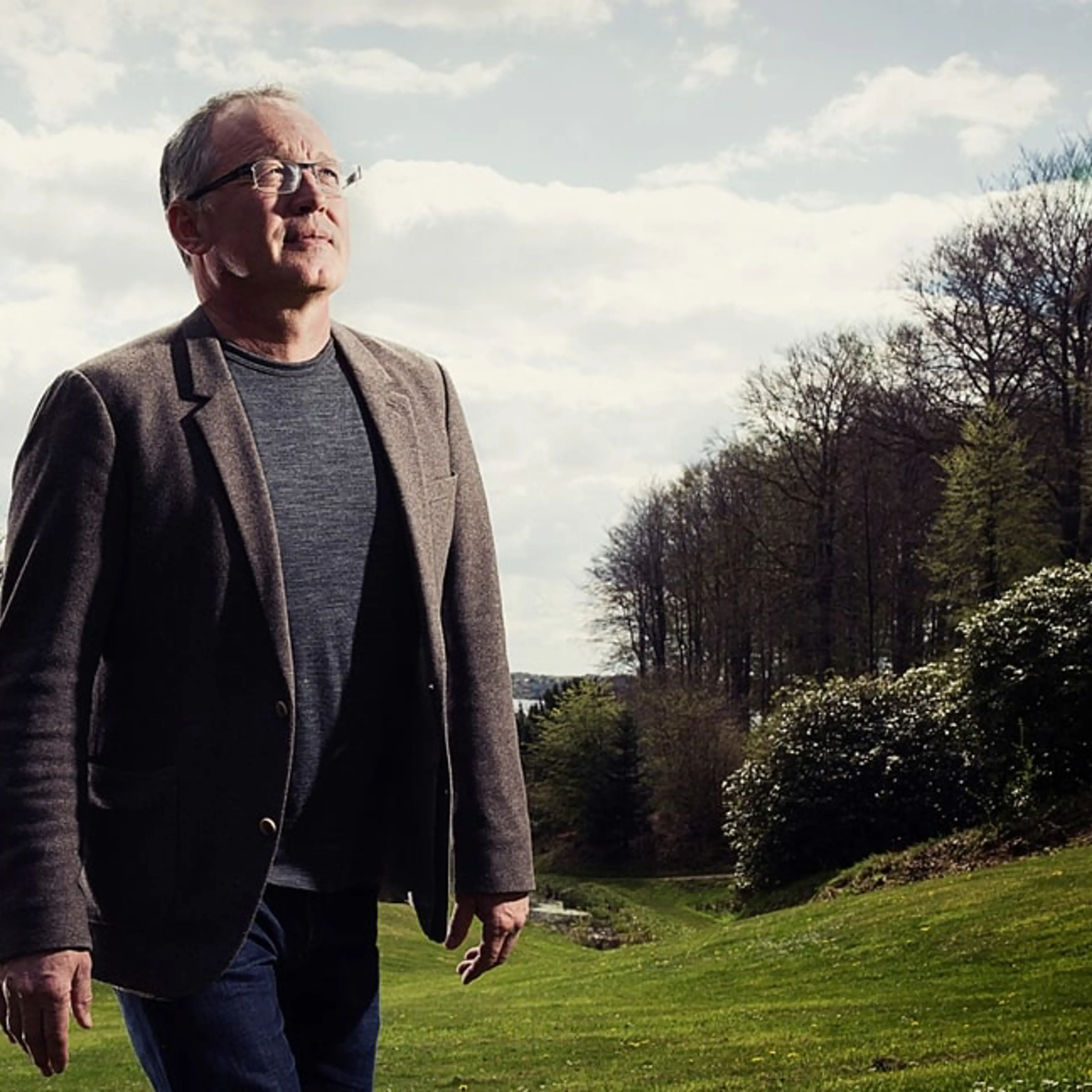Aesthetic Thinking as a Driver of InnovationAnother crucial insight from the event was the role of aesthetics in fostering innovation. Aesthetics, as discussed by Hjorth, is not merely about beauty or art for art's sake; it’s about the experience, the engagement, and the questions that arise from it. It’s about how art makes us feel and think, often in ways that defy immediate interpretation.
In the corporate world, aesthetics is often sidelined as a peripheral or "cultural" activity. Yet, as both Verganti and Hjorth pointed out, we are constantly impacted by aesthetics - whether through design, the spaces we inhabit, or the ways in which we communicate. When aesthetics is incorporated into business thinking, they have the power to challenge our assumptions, ask new questions, and inspire deeper exploration. This kind of thinking doesn't lead to predictable outcomes, but it does foster an environment where new ideas can take root.
Looking Forward: Embracing the Uncertain Space of InnovationA key question that arose during the event was whether it’s possible to teach leaders to navigate the uncertain "in-between" space where creativity thrives. Daniel Hjorth answered: “The magic will always escape when packing it together and teaching it. But I believe that we will see great results if we try.” This highlights the inherent challenge of teaching creativity and ambiguity - qualities that defy structured frameworks or formulaic solutions.
Nevertheless, the conversation underscored an important truth: while creativity itself may not be something that can be directly taught, organisations can create environments where it can flourish. Leaders may not be able to hand their teams a roadmap for navigating uncertainty, but they can foster a culture that encourages experimentation, risk-taking, and openness to failure. This approach, in turn, can lead to more innovative, flexible solutions that move beyond rigid processes.
Looking ahead, the future of business innovation lies in embracing these uncertain spaces. Too many companies hesitate to experiment, fearing the unknown and the lack of guaranteed results. Yet, it is through play and experimentation, through venturing into the “in-between,” that true breakthroughs occur. By challenging the status quo and welcoming unpredictability, leaders can unlock new avenues for growth and creativity. The call to action is clear: we must learn to navigate uncertainty and let aesthetics, art, and creativity guide us toward a more innovative future.


